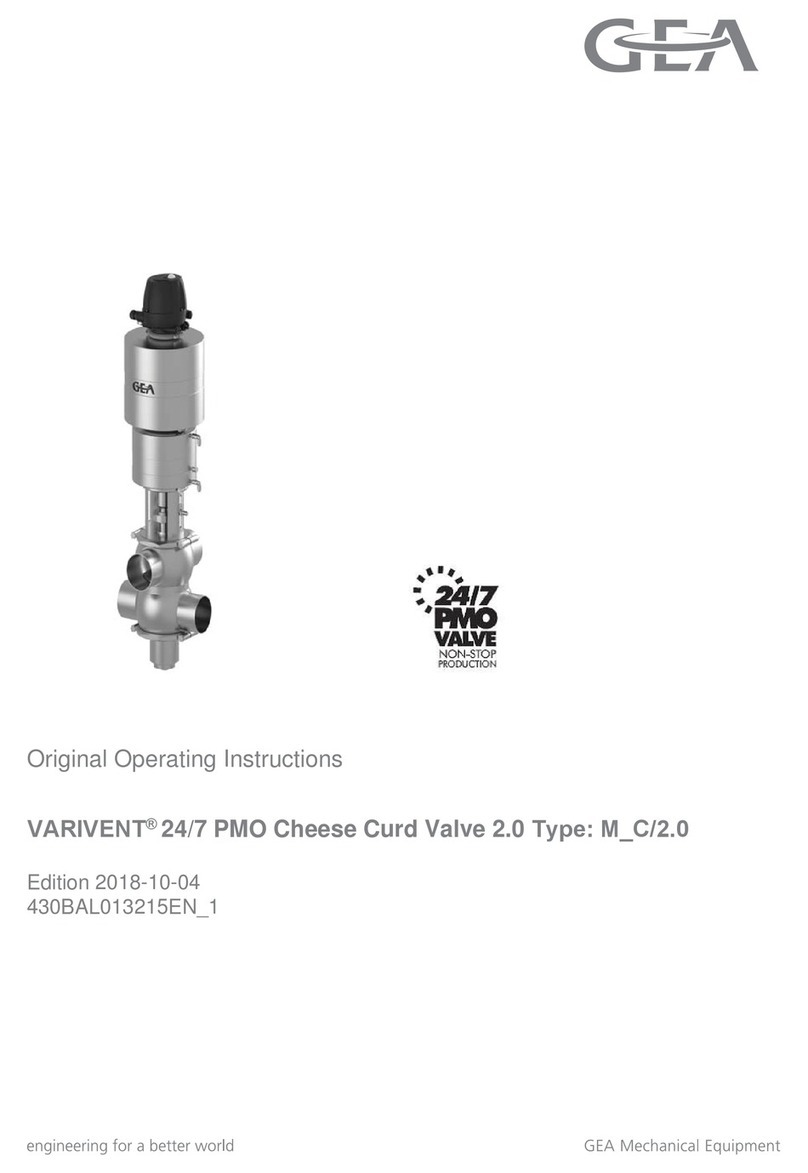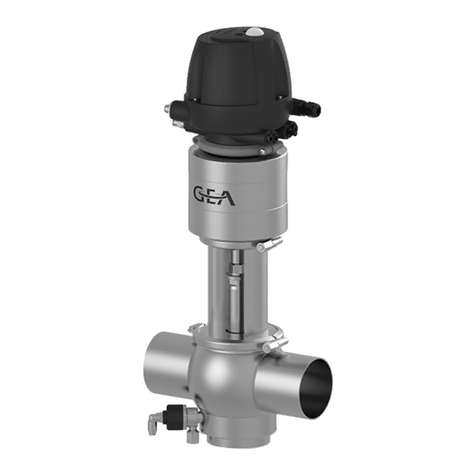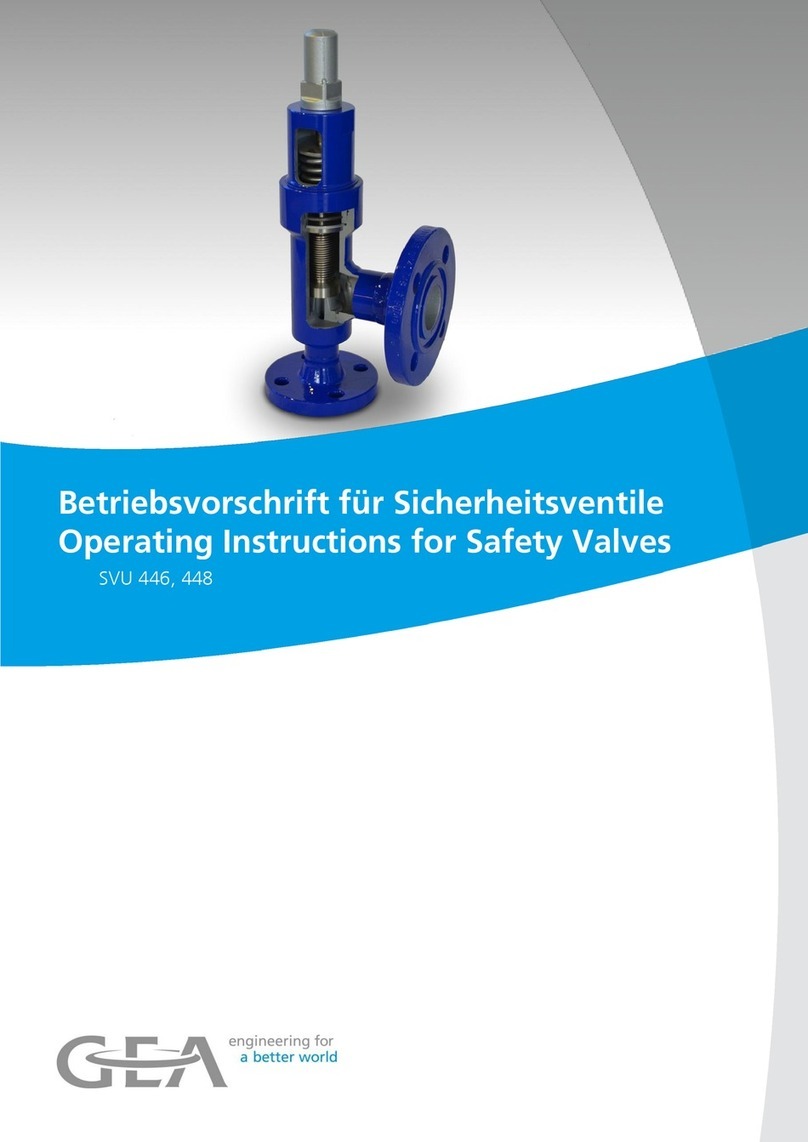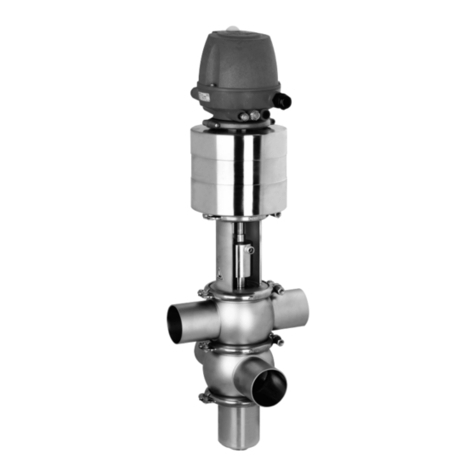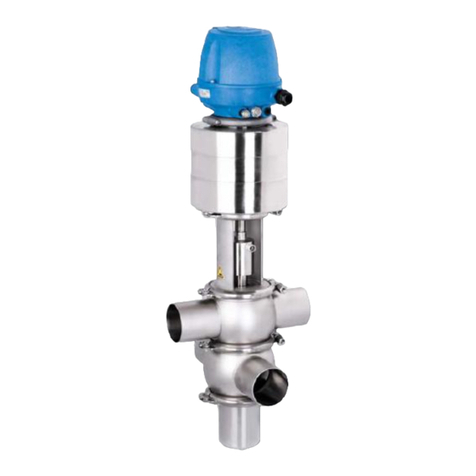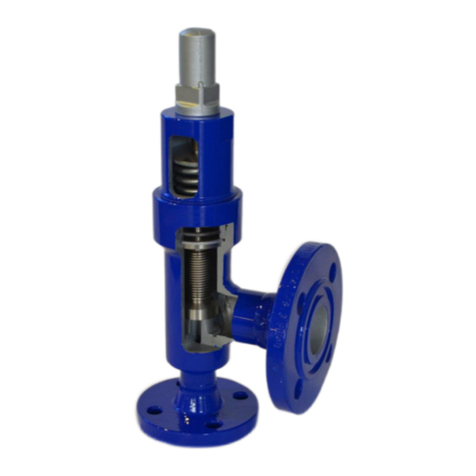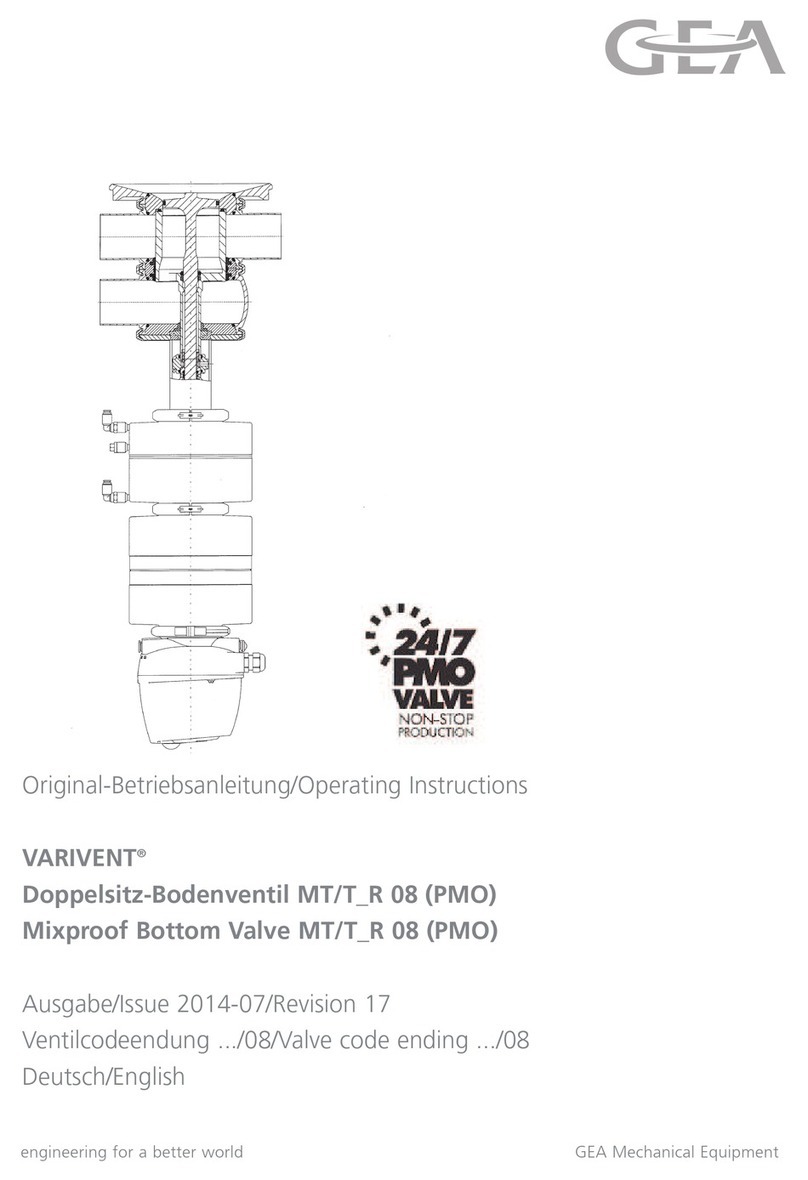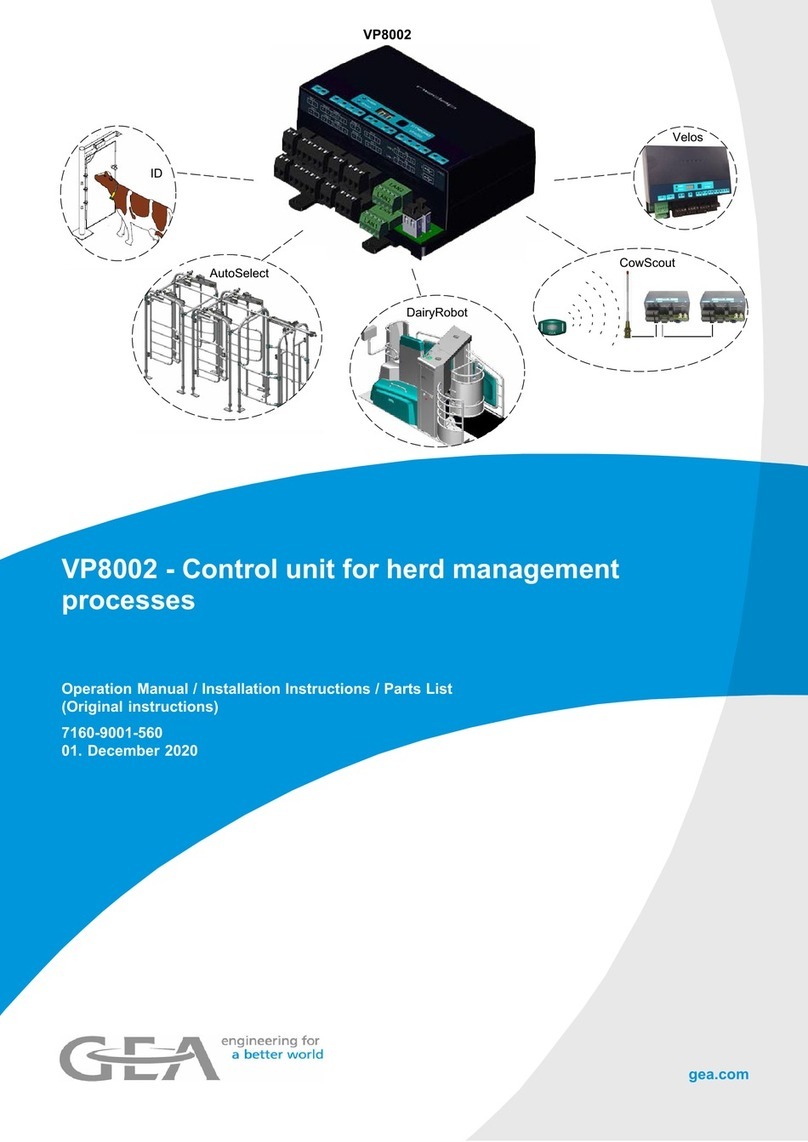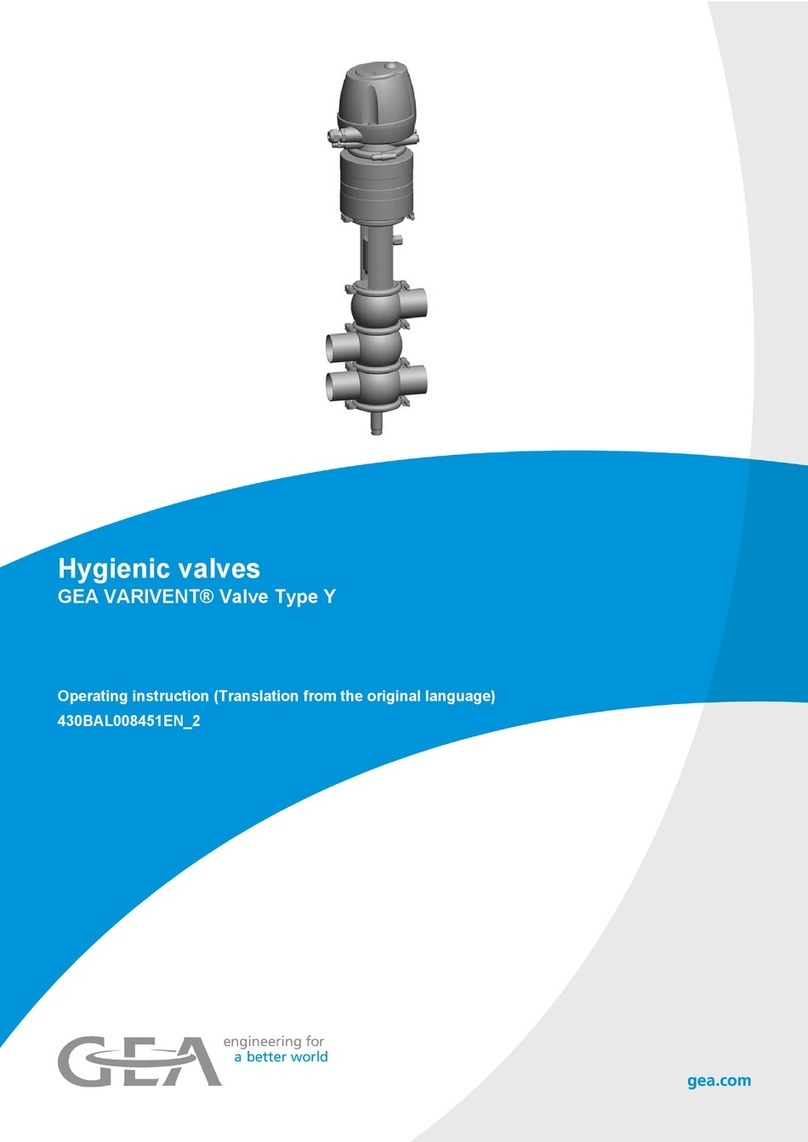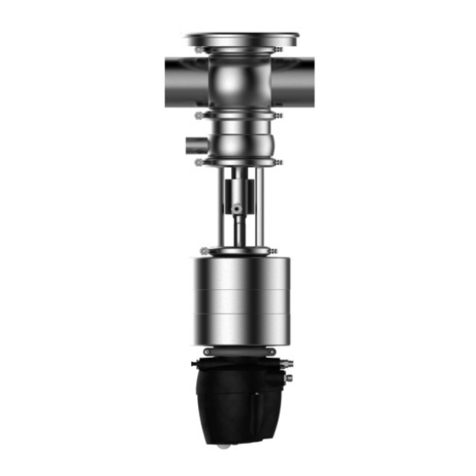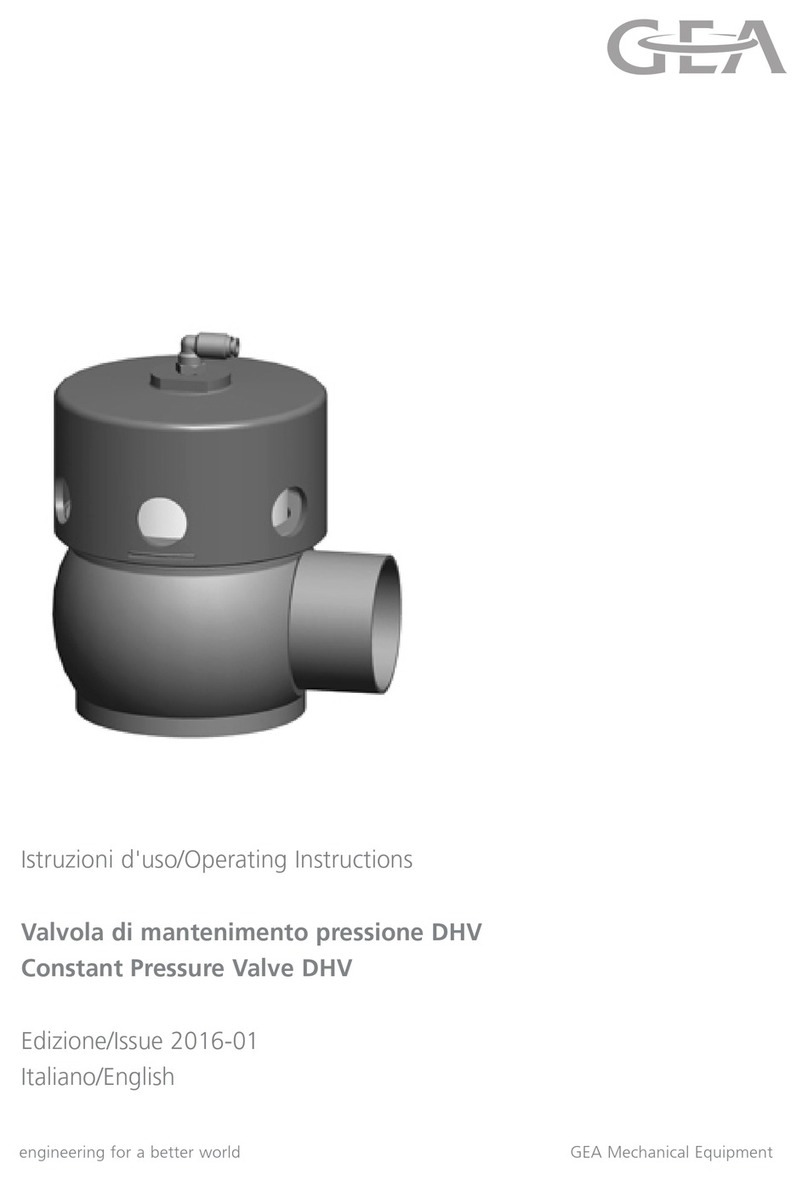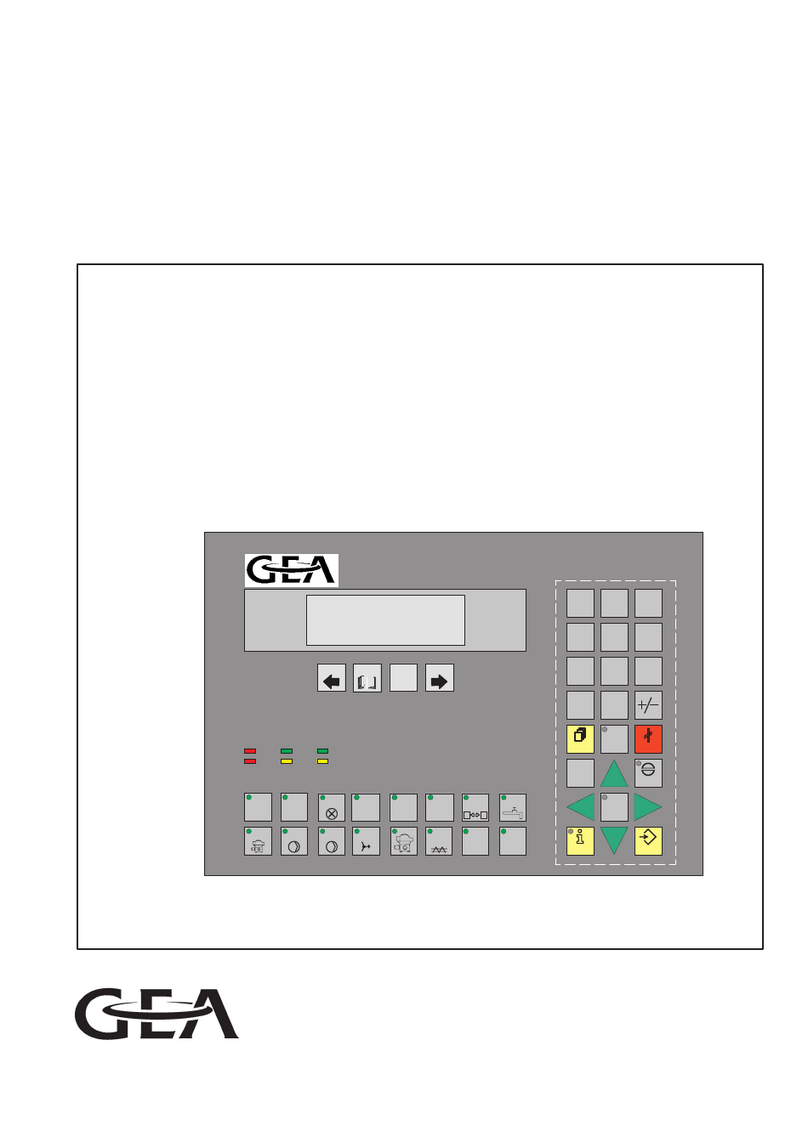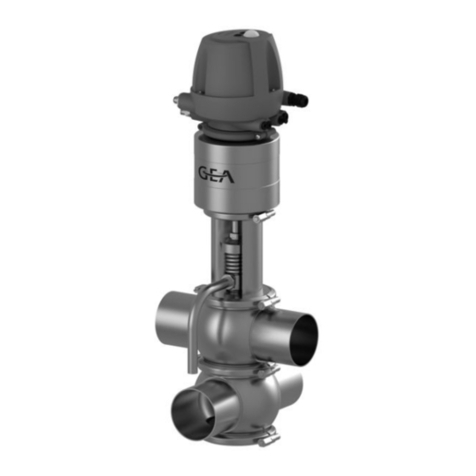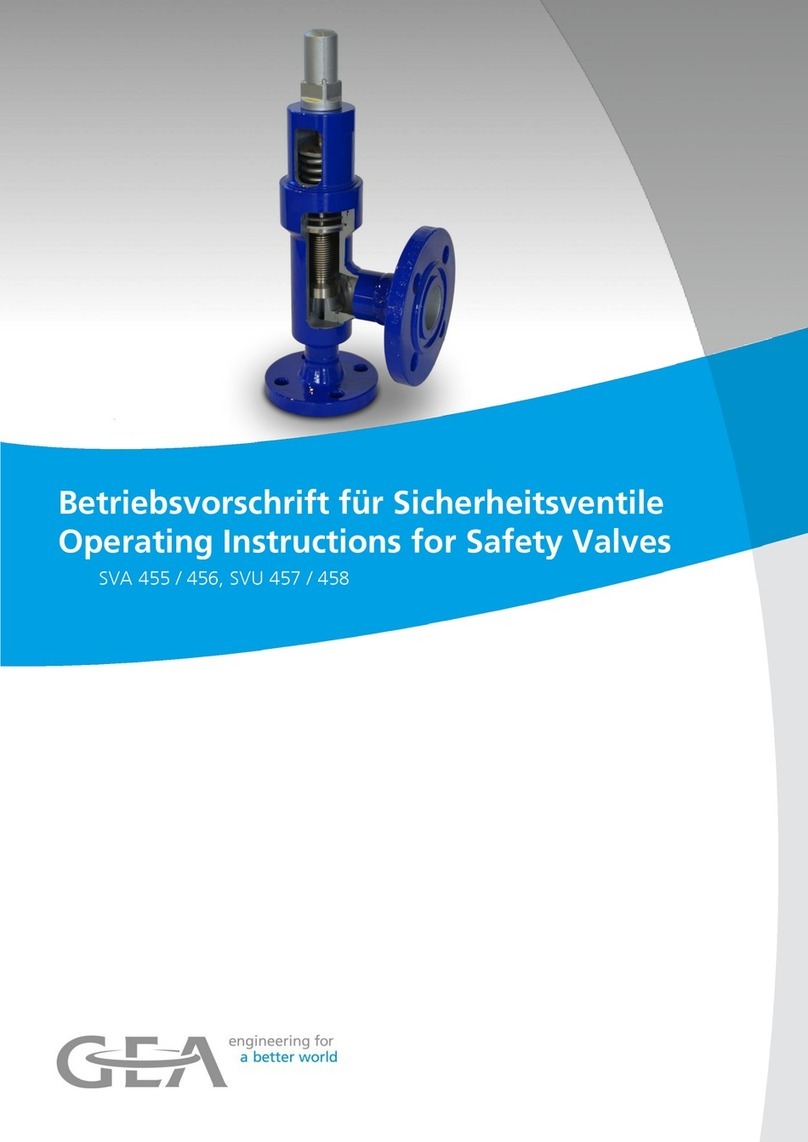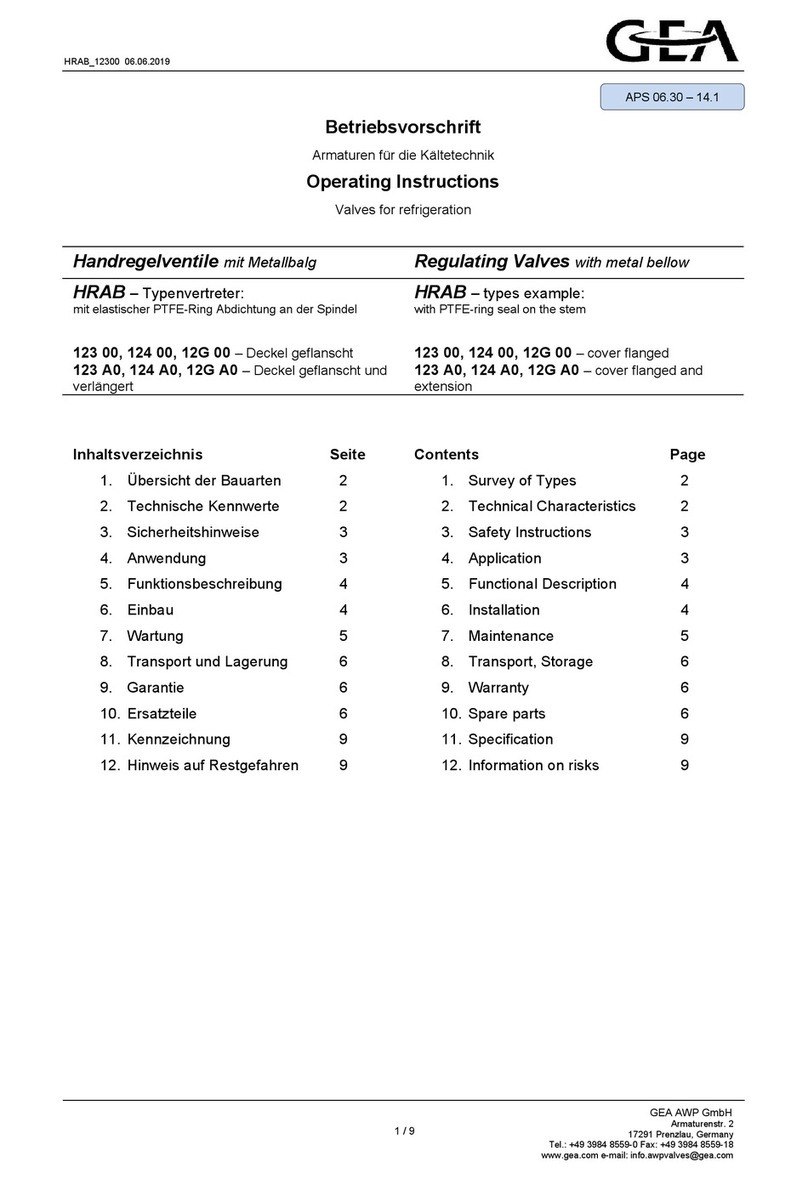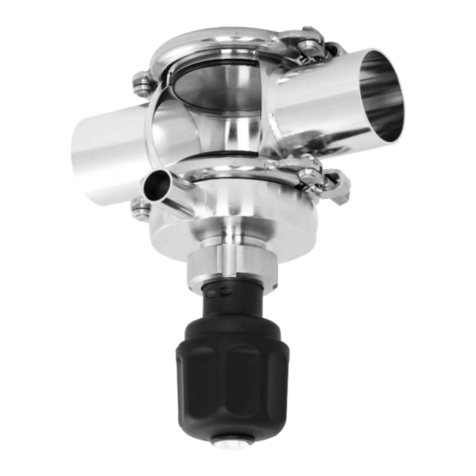
Table of Contents
4
Operating Instructions · Control Valve A
Edition 2016-06-07
Control Valve with Welding Ends ....................................................................................................................27
Pneumatic Connections ..................................................................................................................................29
Electrical Connections.....................................................................................................................................30
Commissioning................................................................................................................................................31
•Checks Prior to Commissioning..................................................................................................................31
•Testing the Valve Function Without Product...............................................................................................31
•Valve Stroke................................................................................................................................................32
•Tests During the Product Run.....................................................................................................................32
•Operation ....................................................................................................................................................32
Cleaning and Passivation.............................................................................................................................33
Cleaning..........................................................................................................................................................33
Cleaning Process Examples ...........................................................................................................................33
•Typical Cleaning Parameters in Dairy Operations ......................................................................................33
•Typical Cleaning Parameters in Breweries .................................................................................................33
•Cleaning Parameters ..................................................................................................................................34
•Passivation..................................................................................................................................................34
Malfunctions..................................................................................................................................................35
Maintenance ..................................................................................................................................................36
Inspections ......................................................................................................................................................36
•Product Contact Seals ................................................................................................................................36
•Pneumatic Connections ..............................................................................................................................36
•Electrical Connections ................................................................................................................................36
Maintenance Intervals.....................................................................................................................................37
Prior to Disassembly .......................................................................................................................................37
Disassembly....................................................................................................................................................38
Maintenance....................................................................................................................................................39
•Cleaning the Valve......................................................................................................................................39
•Replacing Seals ..........................................................................................................................................39
•Lubricating Seals and Threads ...................................................................................................................41
Assembly.........................................................................................................................................................42
Dismantling the Actuator Housing Cover ........................................................................................................43
Checking the Function ....................................................................................................................................43
•Setting the Stroke .......................................................................................................................................43
•Valve Stroke................................................................................................................................................44
Disposal ..........................................................................................................................................................44
•General Notes.............................................................................................................................................44
•Valve Actuator Disposal..............................................................................................................................44
Technical Data...............................................................................................................................................45
Type Plate .......................................................................................................................................................45
Technical Data ................................................................................................................................................46
Resistance of Sealing Materials......................................................................................................................47
Pipe Ends........................................................................................................................................................47
Tools ...............................................................................................................................................................48
Lubricants........................................................................................................................................................49
Weights ...........................................................................................................................................................49
Spare Parts Lists – Control Valves..............................................................................................................51
Control Valve A ...............................................................................................................................................51
Control Valve A...W.........................................................................................................................................53
Control Valve A...X..........................................................................................................................................55

